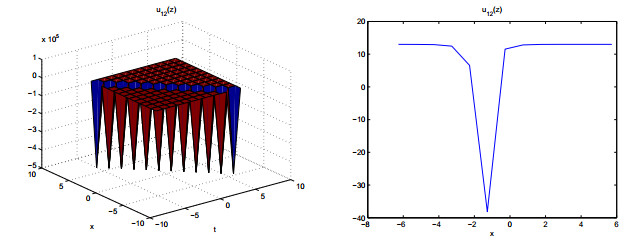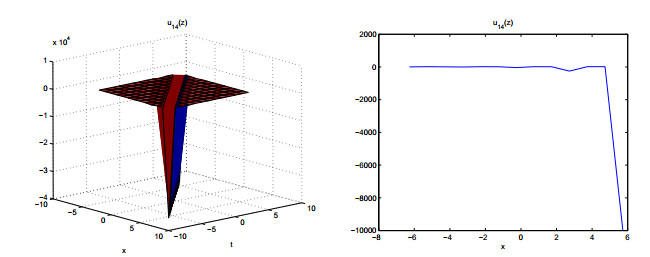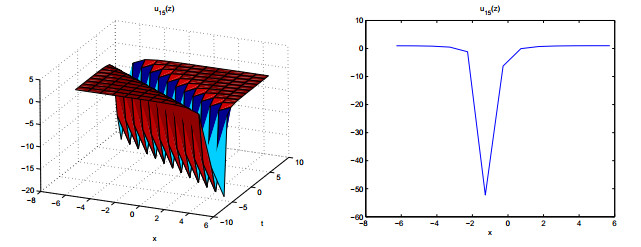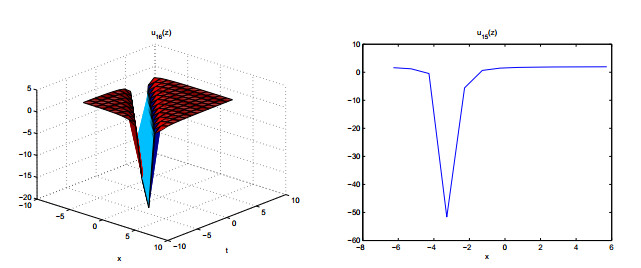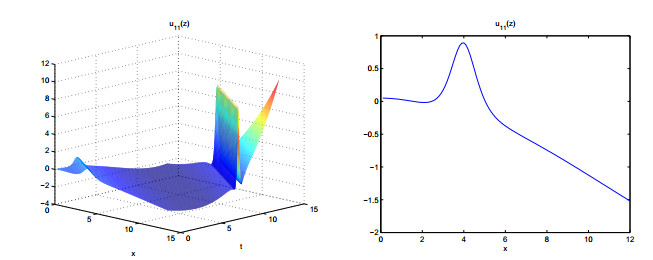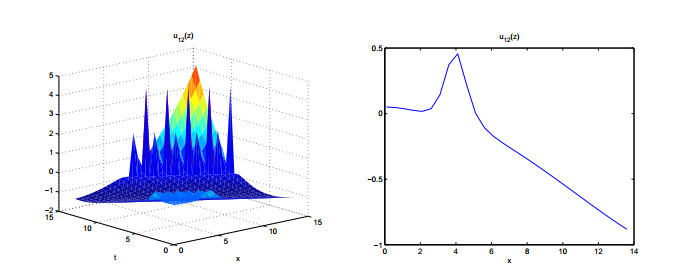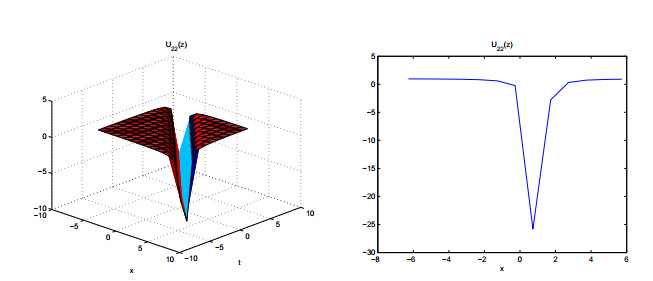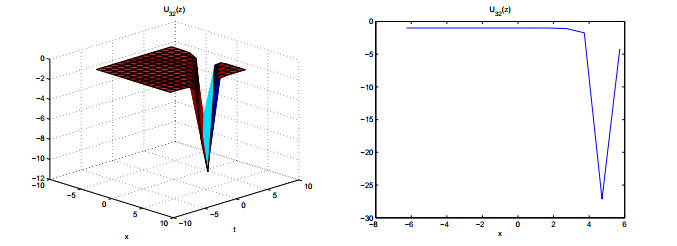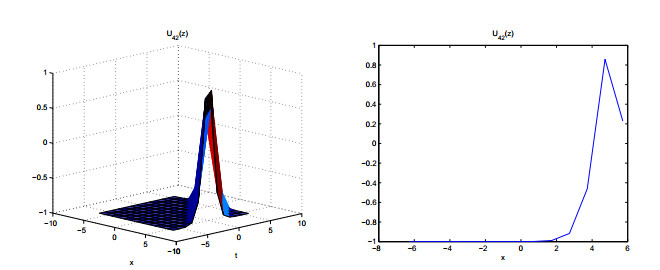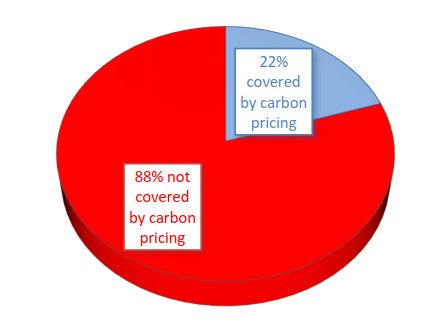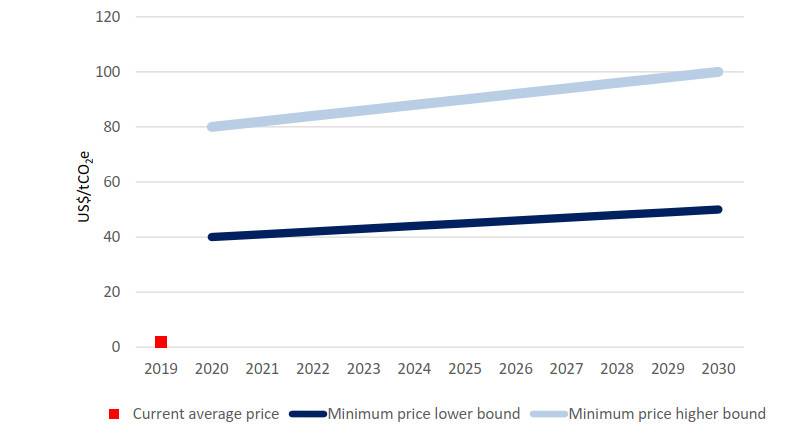Carbon taxes have been advocated as a key economic measure for the reduction of greenhouse gas emissions. The basis of this proposition,is the economic theory that applying a tax on carbon dioxide emissions is the "optimal" solution to addressing the market failure of externalities. In moving from theory to practice,the evidence from comprehensive global assessments,over the last three decades,covering actual policy experience and empirical study of policy effects,requires evolution and refinement of the theory. Carbon taxes are not adopted at the scale,coverage or price level necessary to effectively reduce emissions in line with the Paris Agreement. A persistent "implementation gap" has arisen,largely due to the political and social challenges that accompany taxation. Assessments of policy experience in key sectors of built environment,transport and industry,highlight the critical role of regulation,standards and technology among broader policy programmes. While a carbon tax can provide simplicity and scope,it is not sufficient on its own. Consistent with this finding,recent modelling innovations show that taxes can be employed as part of a portfolio of best practice policies and measures,for deep reduction of emissions. Portfolios can facilitate application of a lower,more "moderate" carbon tax,which enhances the social acceptability and political feasibility of the tax itself. When designing a tax,revenue recycling can help with policy resistance,delivering the "double dividend" of economic and climate gains,and addressing distributional considerations. A carbon tax may be useful to complement the broader portfolio of policies and measures accepted as necessary for long-term transition and transformation. It can offer support and prevent rebounds,but is not a substitute for the fundamental systems change that is at the core of addressing urgent sustainability crises.
1.
Introduction
Hirota and Ito [1] proposed the following Sawada-Kotera equation to theoretically study the resonances of solitons in one dimension,
which has a non-vanishing boundary condition
Replace u by u+a15b and apply the Galilei transformation to remove ux, then Eq (1.1) changes to the KdV-Sawada-Kotera equation [2]
where a, b are constants. It is a linear combination of the Sawada-Kotera equation and the KdV equation, with considering a=0, Eq (1.3) reduces to the Sawada-Kotera equation, when b=0, Eq (1.3) reduces to the KdV equation. In the past few years, many achievements have been made in the study of KdV-Sawada-Kotera equation. About this equation, conservation laws are investigated by Konno [3], and traveling wave solutions are discovered in [4]. Quasi-periodic wave and exact solitary wave solutions to the KdV-Sawada-Kotera equation are obtained [5].
As we know, nonlinear differential equations (NLDEs) are widely utilized in fluid dynamics, solid state physics, plasma physics, biology, nonlinear optics, chemistry and so on. The study to exact solutions of various NLDEs is extremely important in modern mathematics with ramifications to some areas of physics, mathematics and other sciences. There are many systematic methods to seek exact solutions of NLDEs, for example, Hirota bilinear method [6,7], modified simple equation method [8], generalized (G′/G)-expansion method [9,10], modified Kudryashov method [11,12], exp function method [13,14], modified extended tanh method [15,16], sine-Gordon expansion method [17,18], extended sine-Gordon expansion method [19,20], complex method [21,22,23,24] and exp(−ψ(z))-expansion method [25,26,27,28].
Eremenko showed that all meromorphic solutions of the Kuramoto Sivashinsky equation are elliptic function and its degeneration in [29]. After that, Laurent series were applied by Kudryashov et al. [30,31] to obtain meromorphic exact solutions to certain nonlinear differential equations. On the basis of their work, Yuan et al. [32,33] established the complex method combining the theories of complex analysis and complex differential equations. It is a powerful approach to obtain exact solutions for NLDEs that admit ⟨p,q⟩ condition or are Briot-Bouquet (BB) equations [34]. Following their work, we propose the extended complex method to get meromorphic exact solutions for NLDEs which neither admit ⟨p,q⟩ condition nor BB equations. Therefore, the extended complex method is an enhancement of the complex method and should deal with more NLDEs in applied sciences.
The exp(−ψ(z))-expansion approach is an effectual technique to seek analytical solutions for NLDEs. A lot of researchers, for instance, Jafari, Khan, Roshid, etc [25,26,27,28], made good use of this method to study NLDEs. In this article, we utilize two different systematic methods mentioned above to seek meromorphic exact solutions of the KdV-Sawada-Kotera equation. Dynamic behaviors of the solutions are shown by some graphs in which the profiles of Weierstrass elliptic function solutions have never been shown in former literatures.
2.
Description of the exp(−ψ(z))-expansion method
Consider the following nonlinear PDE:
where P is a polynomial consisted by the unknown function u(x,t) as well as its partial derivatives.
Step 1. Reduce Eq (2.1) to the ODE
by traveling wave transform
Step 2. Assume that Eq (2.2) has exact solutions as follows:
where Bτ(0≤τ≤m) are constants to be determined latter, such that Bm≠0 and ψ=ψ(z) admits the following ODE:
The solutions of Eq (2.4) are given in the following.
When γ2−4μ>0, μ≠0,
When γ2−4μ<0, μ≠0,
When γ2−4μ>0, γ≠0, μ=0,
When γ2−4μ=0, γ≠0, μ≠0,
When γ2−4μ=0, γ=0, μ=0,
In Eqs (2.5)–(2.11), Bm≠0,γ,μ,c are constants. Taking the homogeneous balance between nonlinear terms and highest order derivatives of Eq (2.2) yields the positive integer m.
Step 3. Insert Eq (2.3) into Eq (2.2) and collect the function exp(−ψ(z)) to yield the polynomial to exp(−ψ(z)). Letting all coefficients with same power of exp(−ψ(z)) be zero to obtain a system of algebraic equations. Solving these equations, we achieve the values of Bm≠0,γ,μ and substitute them into Eq (2.3) as well as Eqs (2.5)–(2.11) to accomplish the determination for analytical solutions of the original PDE.
3.
Utilization of the exp(−ψ(z))-expansion method to the KdV-Sawada-Kotera equation
Substituting
into Eq (1.3) and then integrating it we obtain
where ζ is the integration constant.
Taking the homogeneous balance between u⁗ and uu″ in Eq (3.1) to yields
where B2≠0, B1 and B0 are constants.
Substituting u⁗,uu″,u″,u3,u2,u into Eq.(3.1) and equating the coefficients about exp(−ψ(z)) to zero, we obtain
We solve the above algebraic equations and derive two different families:
Family 1:
where γ and μ are arbitrary constants.
Substituting Eq (3.3) into Eq (3.2) yields
Applying Eqs (2.5)–(2.11) into Eq (3.4) respectively, we get the following exact solutions of the KdV-Sawada-Kotera equation.
Family 1.1: When γ2−4μ>0, μ≠0,
Family 1.2: When γ2−4μ<0, μ≠0,
Family 1.3: When γ2−4μ>0, γ≠0, μ=0,
Family 1.4: When γ2−4μ=0, γ≠0, μ≠0,
Family 1.5: When γ2−4μ=0, γ=0, μ=0,
Family 2:
where γ and μ are arbitrary.
Substituting Eq (3.5) into Eq (3.2) yields
Applying Eqs (2.5)–(2.11) into Eq (3.6) respectively, we get the following exact solutions of the KdV-Sawada-Kotera equation.
Family 2.1: When γ2−4μ>0, μ≠0,
Family 2.2: When γ2−4μ<0, μ≠0,
Family 2.3: When γ2−4μ>0, γ≠0, μ=0,
Family 2.4: When γ2−4μ=0, γ≠0, μ≠0,
Family 2.5: When γ2−4μ=0, γ=0, μ=0,
Figures 1–6 show the properties of the solutions.
4.
The extended complex method
Step 1. Substitute the transformation I:u(x,t)→U(z), (x,t)→z into a nonlinear PDE to yield an ODE
Step 2. Determination of the weak ⟨p,q⟩ condition.
Assume that the meromorphic solutions U of Eq (4.1) have at least one pole and let q,p∈N. Substitute the Laurent series
into Eq (4.1) to determine p distinct Laurent principal parts
then we say that the weak ⟨p,q⟩ condition of Eq (4.1) holds.
It is know that Weierstrass elliptic function ℘(z):=℘(z,g2,g3) has double periods and satisfies:
and it admit an addition formula [35] as follows:
Step 3. Substituting the indeterminate forms
into Eq (4.1) respectively yields a set of algebraic equations, and then solving these equations, we achieve elliptic function solutions, simply periodic solutions and rational function solutions with a pole at z=0, in which D2i=4C3i−g2Ci−g3, β−ij are determined by (4.2), and h∑i=1β−i1=0, and R(z), R(eαz)(α∈C) have h(≤p) distinct poles of multiplicity q.
Step 4. Derive the meromorphic solutions at arbitrary pole, and insert the inverse transform I−1 back to the meromorphic solutions to obtain exact solutions of the given PDE.
5.
Utilization of the extended complex method to the KdV-Sawada-Kotera equation
Inserting (4.2) into Eq.(3.1) yields
and
Therefore we know that p=2,q=2, then the weak ⟨2,2⟩ condition of Eq (3.1) hold.
By the weak ⟨2,2⟩ condition and (4.3), we have the form of the elliptic solutions of Eq (3.1)
with pole at z=0.
Substituting U10(z) into Eq (3.1) yields
where
Equate the coefficients of all powers of ℘(z) in Eq (5.1) to zero to achieve one set of algebraic equations:
Solve the above equations, then
and
then
and
Thus, elliptic solutions of Eq (3.1) with arbitrary pole are
and
where z0∈C.
Use the addition formula to U11(z) and U12(z), then
and
where C2=4D3−g2D−g3. g2=a2k−5bμ60b2k5,g3=−2a3k+225ζb2−15abμ10800b3k7 in the former case, g2=5br−a2k15b2k5,g3=−2a3k+225ζb2−15abr5400b3k7 in the latter case.
By (4.4) and the weak ⟨2,2⟩ condition, we have the indeterminate form of rational solutions
with pole at z=0.
Substituting U20(z) into Eq (3.1) yields
where
Equate the coefficients of all powers of z in Eq (5.2) to zero to achieve a system of algebraic equations:
Solving the above equations, we get
and
then
and
where r=ka25b, ζ=ka3225b2.
Insert U(z)=R(η) into Eq (3.1) to yield
where η=eαz (α∈C).
Substituting
into the Eq (5.3), we have
in which
Equate the coefficients of all powers about eαz in Eq (5.4) to zero to achieve a system of algebraic equations:
Solving the above equations, we get
and
So simply periodic solutions of Eq (3.1) with pole at z=0 are
and
Similar to U30(z), we substitute
into the Eq (5.3) to yield
and
then
and
Substituting
into the Eq (5.3) to yield
and
then
and
Collecting meromorphic solutions of Eq (3.1) in above procedures, we have the following solutions with arbitrary pole:
where C2=4D3−g2D−g3, g2=a2k−5bμ60b2k5,g3=−2a3k+225ζb2−15abμ10800b3k7 in the former case, g2=5br−a2k15b2k5,g3=−2a3k+225ζb2−15abr5400b3k7 in the latter case;
where r=ka25b, ζ=ka3225b2;
where r=(−5α4b2k4+a2)k5b,ζ=(10α4b2k4−5aα2bk2+a2)k(5α2bk2+a)225b2.
Figures 7–11 show the properties of the solutions.
6.
Conclusions
In this paper, we derive meromorphic exact solutions to the KdV-Sawada-Kotera equation via two different systematic methods. Five types of solutions are constructed, including hyperbolic, trigonometric, exponential, elliptic and rational function solutions. Dynamic behaviors of these solutions are given by some graphs. Observing from the figures, we know that the obtained solutions are soliton solutions. Among of them, figures 3, 7 and 8 show multiple soliton solutions, and others show singular soliton solutions. The graphs of Weierstrass elliptic function solutions U11(z) and U12(z) are more interesting and have never been shown in other literatures. We can use the ideas of this study to other differential equations in complexity and nonlinear science.
Acknowledgment
This research is supported by the NSFC (11901111); Visiting Scholar Program of Chern Institute of Mathematics.
Conflict of interest
The authors declare no conflict of interest.
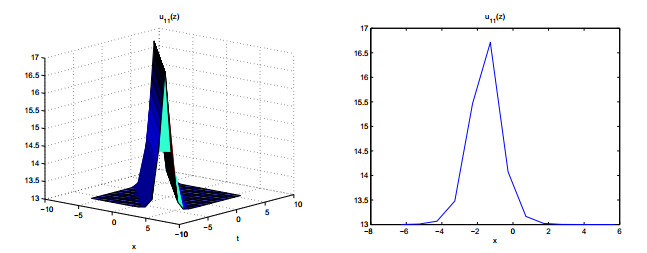









 DownLoad:
DownLoad:
